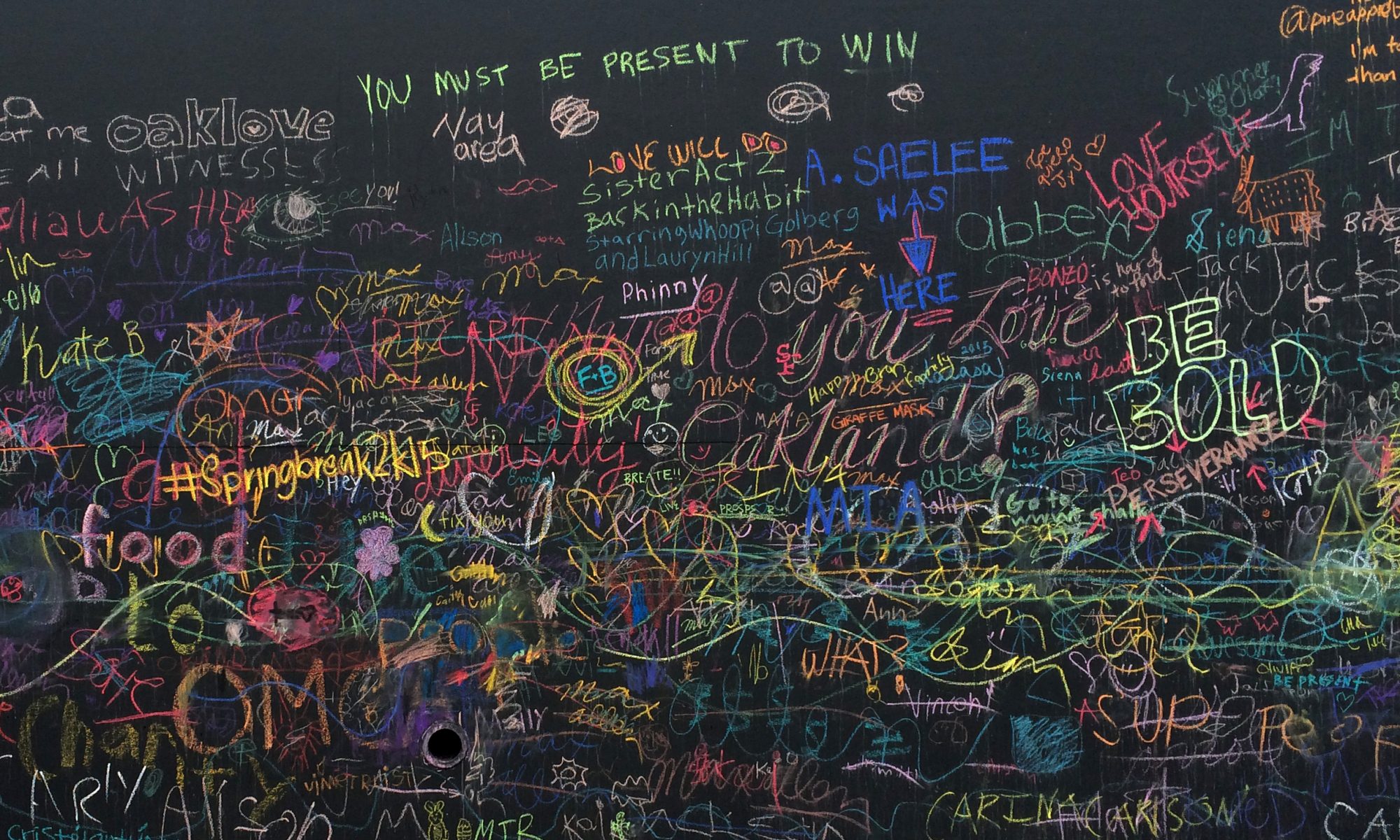In the Hung Liu retrospective Summoning Ghosts at OMCA, her emotional, insightful paintings hold unmistakable power. But it was a room of tiny, impressionistic landscapes that riveted me. The room info reads:
“In Maoist China, art was required to support revolutionary ideology and ‘serve the people, heart and soul.’ When Liu began studies in Beijing in the early 1970s, she would often go out alone to the countryside to paint for pleasure. She used small canvases that could fit inside her painting box that she carried in a bag. These bucolic paintings of landscapes, railroad bridges, old factories, and even trash cans and public toilets were kept hidden during the Cultural Revolution for fear their lack of political content could be used against her.”
I love experiences that take what you know and turn it inside out. Historically, nature was a safe subject for artists, containing little social or political commentary that might upset a patron. Artistic style itself has been known to cause a ruckus – just ask the Impressionists that these landscapes coincidentally channel – but, in message, the most a simple landscape might hope to convey is glorifying nature or the pastoral life. Hardly a major offense.
But under a regime that banned intellectual pursuits, art’s only allowed purpose was as propaganda. Not carrying commentary was exactly the problem. Amazing.
